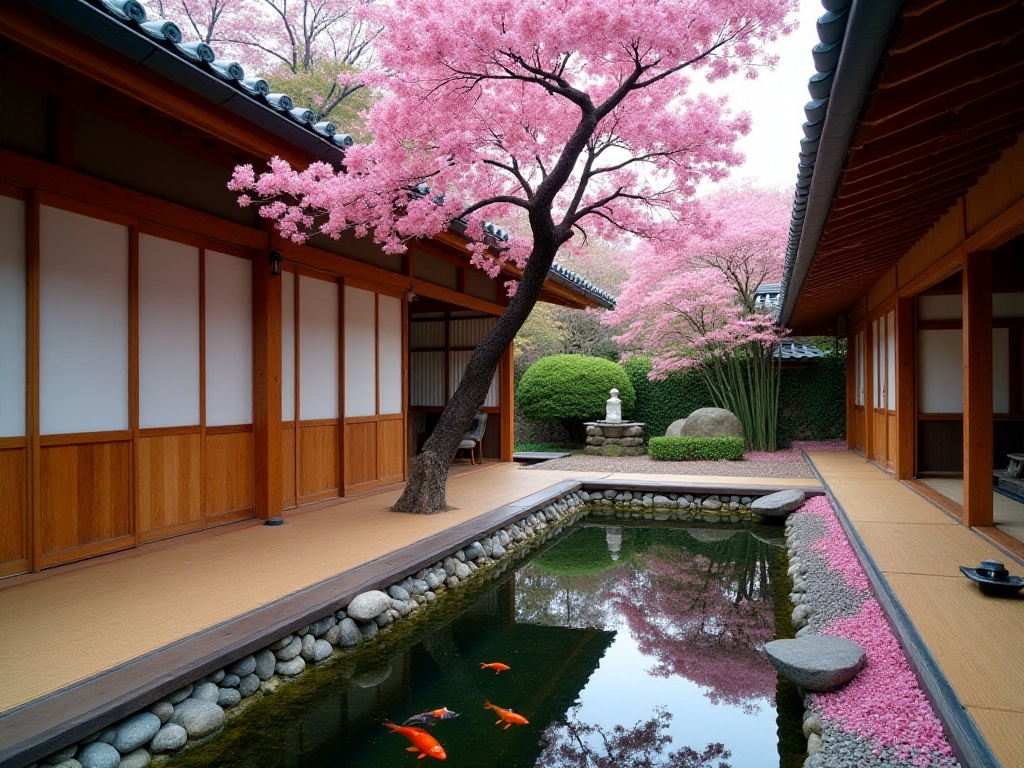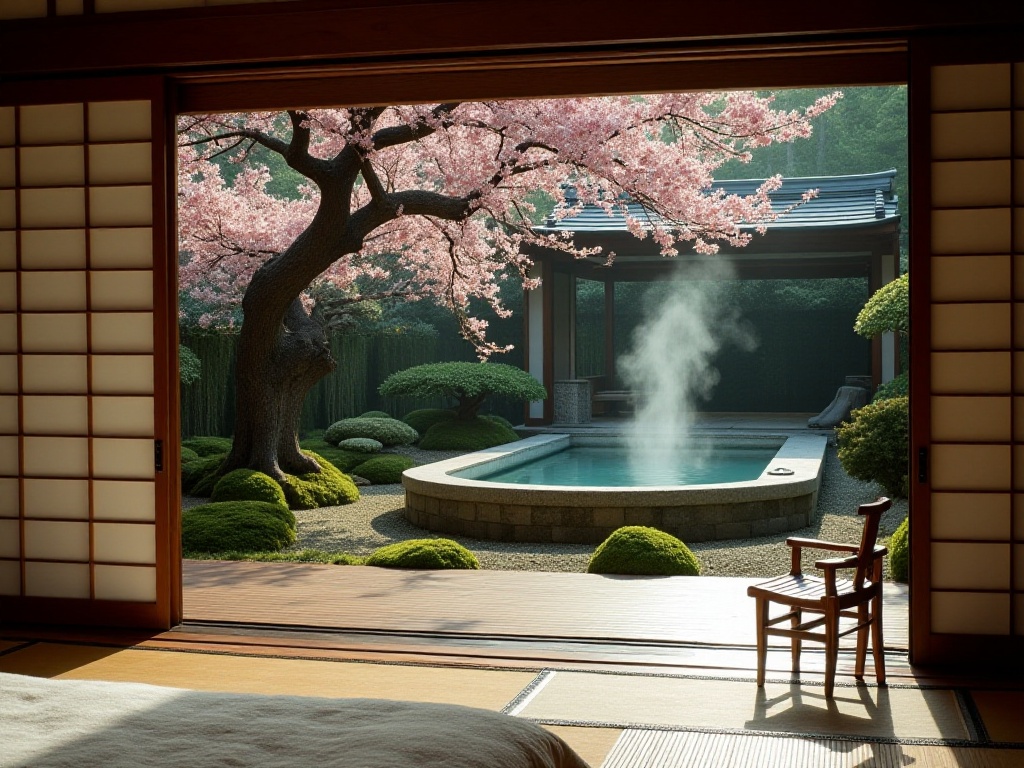Origins
I still remember the feeling when I first set foot in Japan - that sense of awe remains unforgettable. Standing at Narita Airport, seeing everything in perfect order around me, I was immediately touched by this country's refinement. After each trip to Japan, many friends would message me on social media, asking how to plan their Japanese journey to experience the most authentic flavors. As a travel blogger who has been around the world, today I'll share a carefully crafted Tokyo-Kyoto-Osaka golden route that lets you deeply experience the essence of Japan's three major cities in 12 days.
Pre-Trip Preparation
Proper preparation is crucial for a perfect Japanese journey. I remember my first trip to Japan - due to insufficient preparation, I missed many exciting experiences. For instance, I couldn't get into Michelin restaurants without advance reservations and had to leave disappointed; I wasn't familiar with Japanese cultural etiquette and caused some minor embarrassments. Based on multiple visits, I strongly recommend traveling during spring (March-May) or autumn (September-November). Spring offers views of dancing cherry blossoms, while autumn transforms cities with stunning red foliage.
Regarding budget, many might think traveling in Japan is expensive. Indeed, to experience true Japanese luxury, a 12-day trip costs around 80,000-100,000 RMB. This budget covers five-star hotel accommodations, Michelin restaurant dining experiences, and professional guide services throughout. Some might say this price is quite high. However, true Japanese luxury isn't just about staying in luxurious hotels and eating premium food - it's more about deeply experiencing Japanese cultural essence.
Before departure, I recommend these preparations: arranging Japanese visa (through reliable agencies), exchanging yen (schedule with banks), purchasing transit cards (PASMO or Suica recommended), reserving Michelin restaurants (at least 3 months ahead), and booking cultural experiences (like tea ceremonies and kimono experiences). Also, comfortable walking shoes are essential, as many amazing experiences in Japan require walking to reach them.
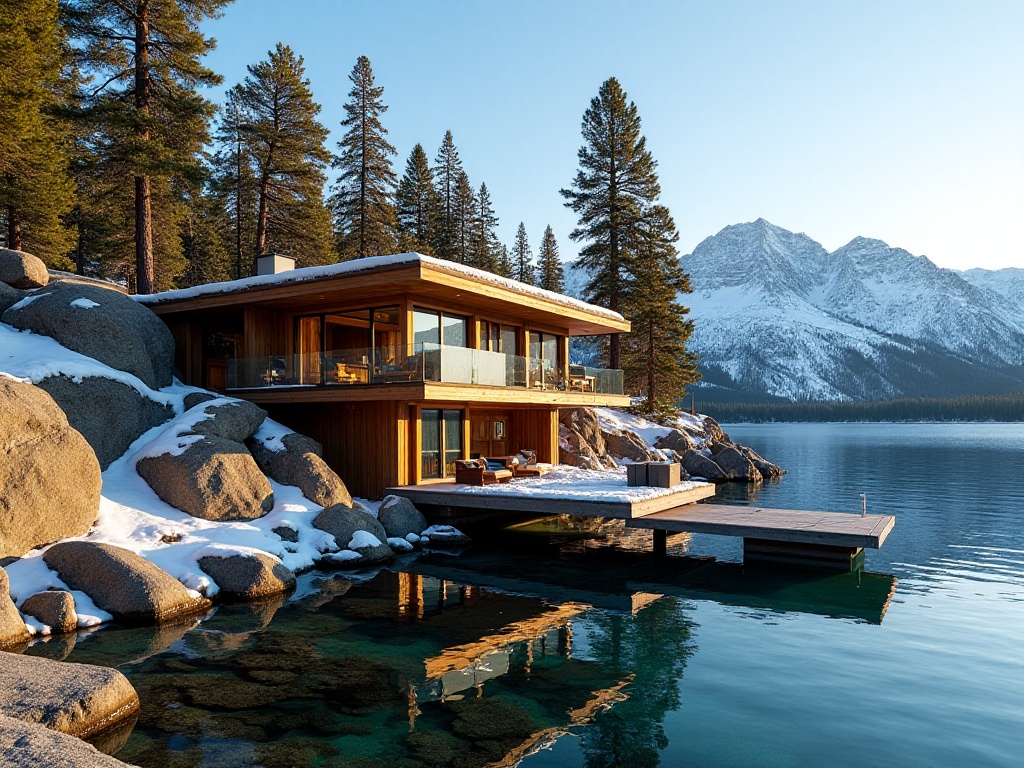
Tokyo Chapter
Tokyo, this captivating modern city, is our first stop. I remember waking up at Aman Tokyo for the first time - opening the curtains to a stunning view of the Imperial Palace Gardens felt therapeutic. Located atop the Otemachi business district, though rooms start at 7,000 yuan per night, Aman Tokyo offers more than just accommodation - it's a unique living experience. Each room features furniture by top Japanese designers and traditional deep soaking tubs for a complete bathing experience.
For dining in Tokyo, I highly recommend a restaurant by an apprentice of Sukiyabashi Jiro, the sushi master. My first time eating their sushi revealed what ultimate perfection means. Though lunch costs 3,000-5,000 yuan per person, watching the sushi chef meticulously prepare each piece of fish and shape the rice perfectly offers priceless insight into the craftsman spirit. Reservations should be made at least three months ahead, longer during peak seasons.
In Tokyo, you must experience luxury shopping in Ginza. Global premium brands congregate here, with many limited editions available only in Japan. My favorite is the Hokkaido specialty store in Ginza, with irresistible desserts. At night, visit Roppongi Hills to enjoy cocktails at a sky bar while overlooking Tokyo's night view - it's truly special.
For art lovers, Mori Art Museum is a must-visit. It regularly hosts world-class art exhibitions, and the building itself is an artwork. VIP tickets are recommended to avoid regular tourist queues. The TeamLab Digital Art Museum in Odaiba is also worth visiting, with interactive digital art installations creating a dreamlike world.
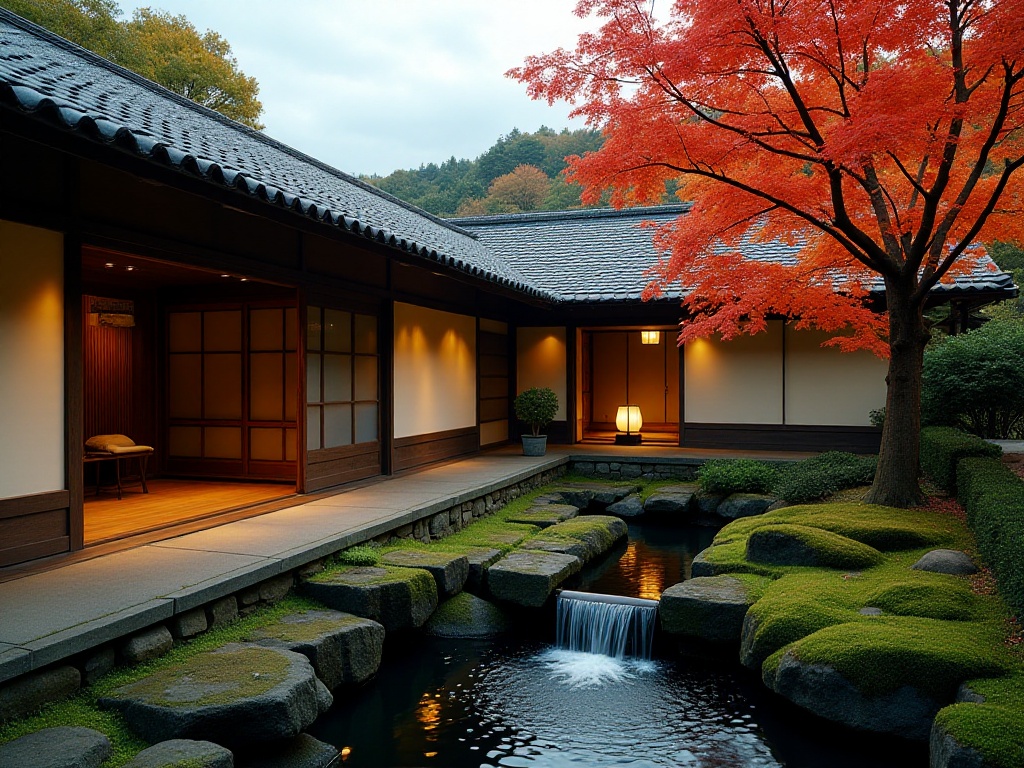
Kyoto Impressions
For traveling from Tokyo to Kyoto, I strongly recommend the Shinkansen business class. Comfortable seats, spacious legroom, plus Mount Fuji views rushing past outside make the journey itself enjoyable. In Kyoto, I recommend staying at Hoshinoya Kyoto. Though rooms cost around 15,000 yuan per night, it perfectly demonstrates the fusion of modern and traditional elements. Each room has a private outdoor onsen - soaking in the hot spring under starlit skies with gentle breezes is an indescribable pleasure.
In Kyoto, cultural experiences are paramount. I especially recommend booking a respected tea ceremony master for a session in a century-old tea room to understand the deep meaning of "ichigo ichie" (one-time encounter). The tea master explains the significance of each movement, from whisking tea to drinking etiquette, helping you truly understand the philosophy behind the tea ceremony. Though this private experience costs 4,000 yuan per person, it's absolutely worth it.
Kyoto's traditional ryotei are also unmissable. I highly recommend a three-Michelin-star kaiseki restaurant in Gion. Each dish is artfully presented with strong seasonal elements, showcasing Japanese cuisine's ultimate pursuit of seasonality. Though dinner costs around 5,000 yuan, such high-level culinary experiences are rare and precious.
If time permits, I recommend booking a private guide to explore Kyoto's alleys. Many hidden centuries-old shops in these alleys, like traditional wagashi confectioneries or hereditary craft shops, are not open to regular tourists and require special arrangements to visit.
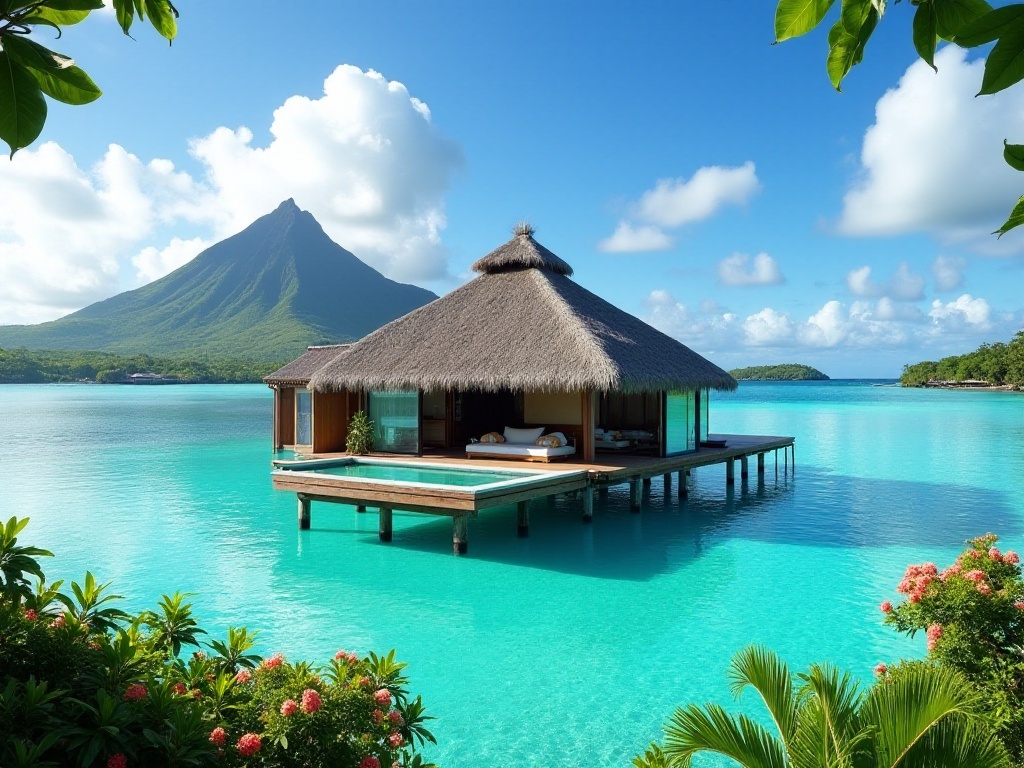
Osaka Flavors
Our final stop is Osaka, known as the "Nation's Kitchen." Staying at Conrad Osaka is definitely a wise choice. Rated among the world's best hotels, its 270-degree panoramic windows capture Osaka's cityscape perfectly. Though basic rooms start at 3,500 yuan, the hotel's service and facilities are impeccable. Their executive lounge especially serves exceptional afternoon tea and cocktails.
For Osaka dining, the three-Michelin-star "Unoshou" is a must-mention. Famous worldwide for fugu cuisine, the chef has over 40 years of fugu preparation experience. Though dinner costs around 3,000 yuan, tasting authentic fugu sashimi and hot pot is worthwhile. Remember to book 2-3 months ahead as they accept very few guests daily.
Near Osaka Castle, there's a unique kaiseki restaurant privately operated by a Michelin-starred chef. They only serve one group per day, with the chef creating unique dishes based on that day's ingredients. Though expensive, this private dining experience lets you truly appreciate Japanese cuisine's essence.
For whiskey enthusiasts, Osaka's whiskey bars are must-visits. They stock many rare Japanese whiskeys - though expensive, the chance to taste these rare spirits is precious. Ask for the owner's recommendations; they often pair whiskeys perfectly with your taste preferences.
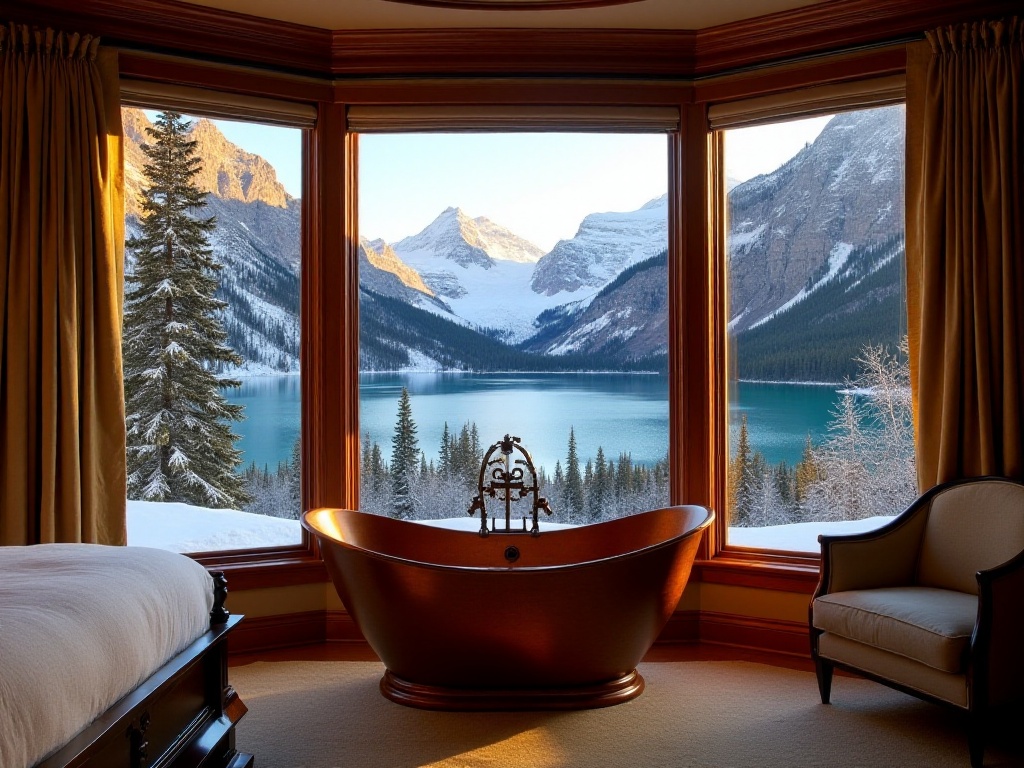
Itinerary Suggestions
Based on multiple trips, I recommend spending 5 days in Tokyo, 4 in Kyoto, and 3 in Osaka. This allocation allows you to deeply experience each city's characteristics without feeling rushed. In Tokyo, spread activities across different areas: shopping in Ginza and Nihonbashi, anime culture in Akihabara, nightlife in Roppongi, traditional atmosphere in Asakusa.
In Kyoto, focus on cultural experiences: morning temple visits, tea ceremonies, afternoon strolls through historic streets, evening kaiseki meals. Visit major attractions on weekdays to avoid weekend crowds.
In Osaka, emphasize food exploration. Beyond reserved high-end restaurants, experience local street food, like fresh seafood at Kuromon Market and various snacks in Dotonbori. Visit the Floating Garden Observatory at night for Osaka's night views.
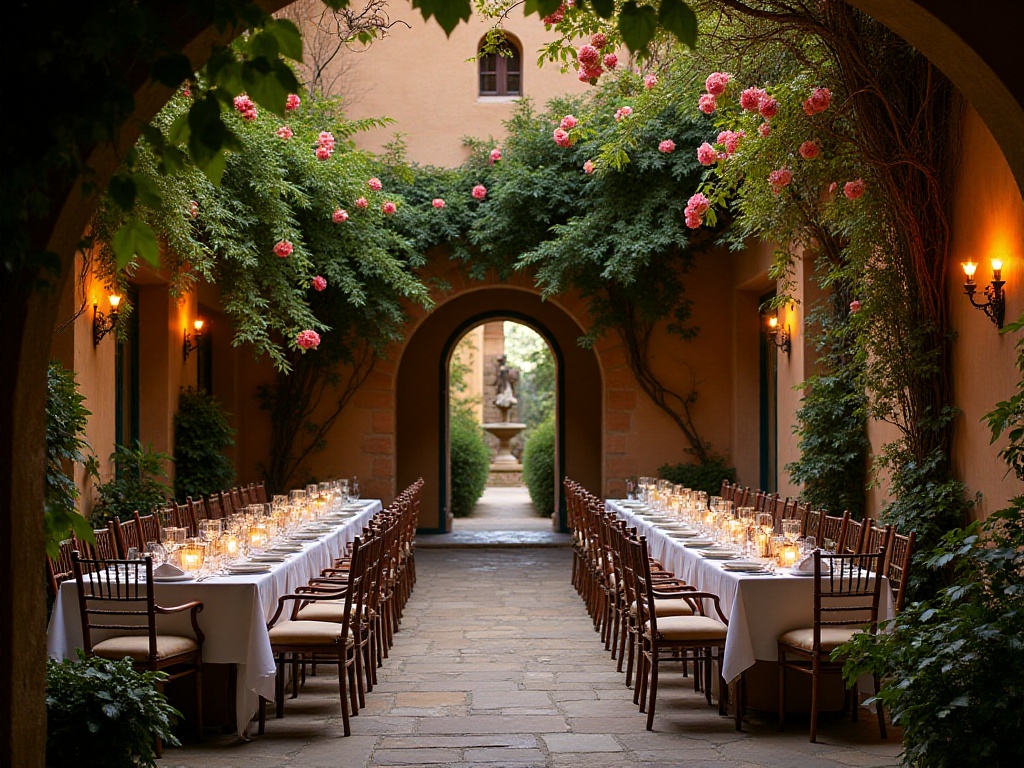
Final Thoughts
I've guided many friends through this route, and everyone has given extremely high praise. True luxury isn't just about price - it's more about experiencing unique cultural content. For instance, when holding a bowl of matcha in a Kyoto tea room, that sense of serenity is irreplaceable by any material enjoyment.
Once, at a century-old shop in Kyoto, the owner told me: "True luxury can't be measured by money - it's about whether you can feel the story behind objects and the craftsman's intention." This deeply resonated with me. In Japan, many seemingly simple objects or experiences contain deep cultural heritage and craftsmanship.
I hope this guide helps you plan an unforgettable Japanese journey. Through this route, you'll experience not just Japan's luxury aspects but also deeply appreciate this country's unique aesthetics and culture.
Have you been to Japan? What are your thoughts and suggestions about this route? Please share your travel stories in the comments. Next, I plan to write about in-depth European travel routes - which country would you like to learn about?




